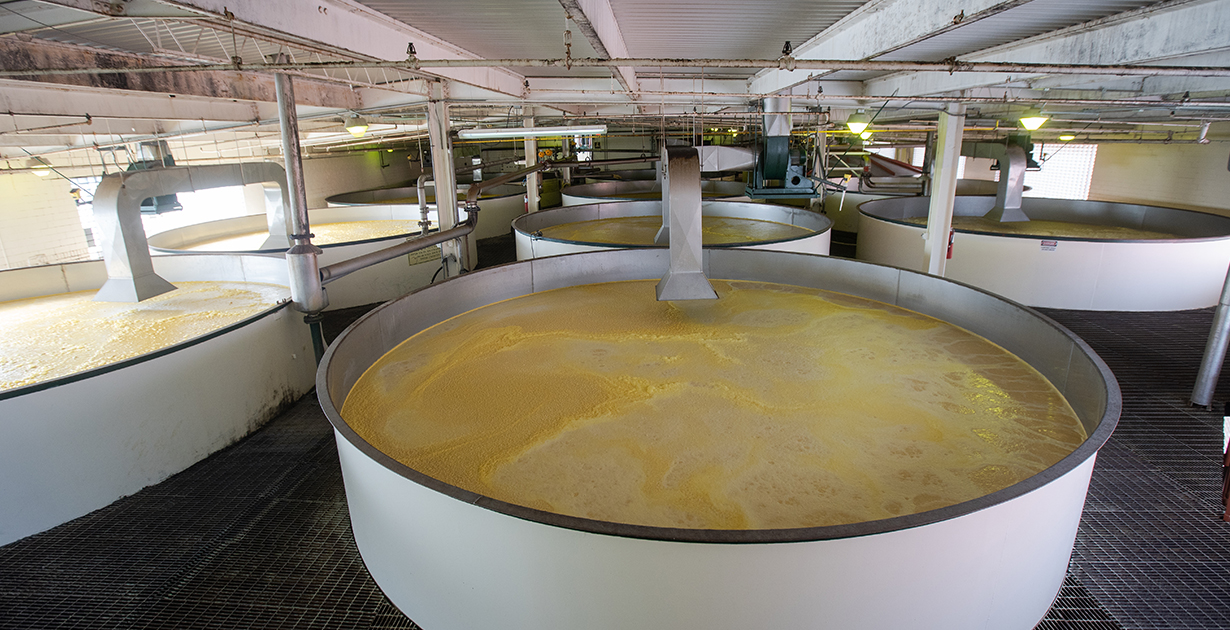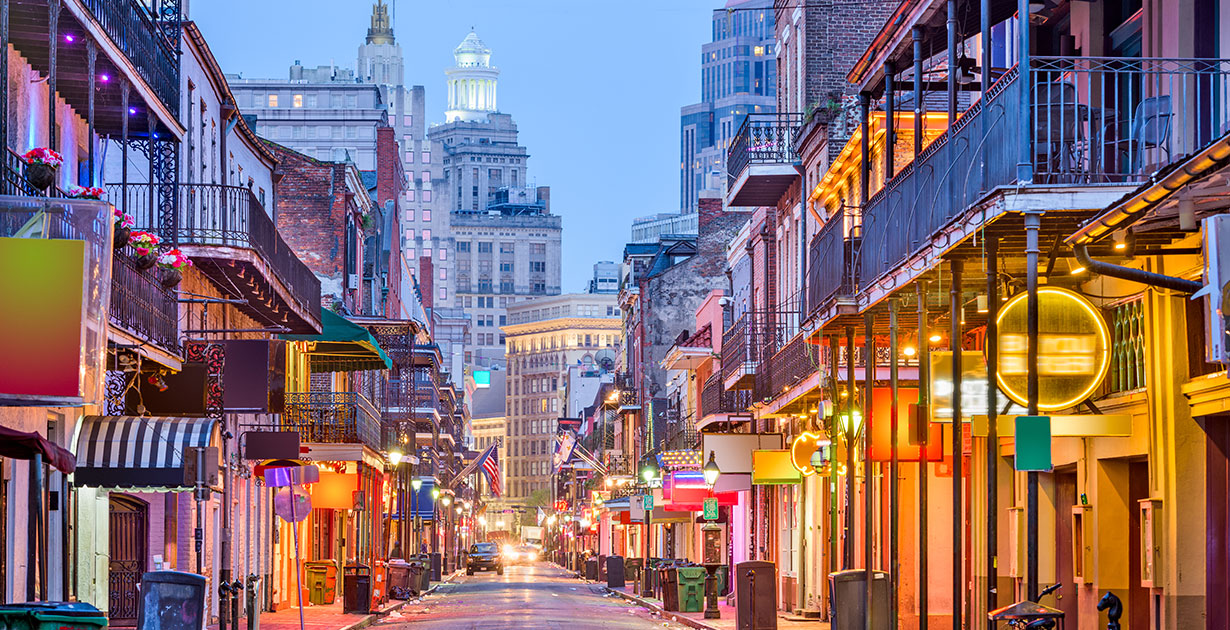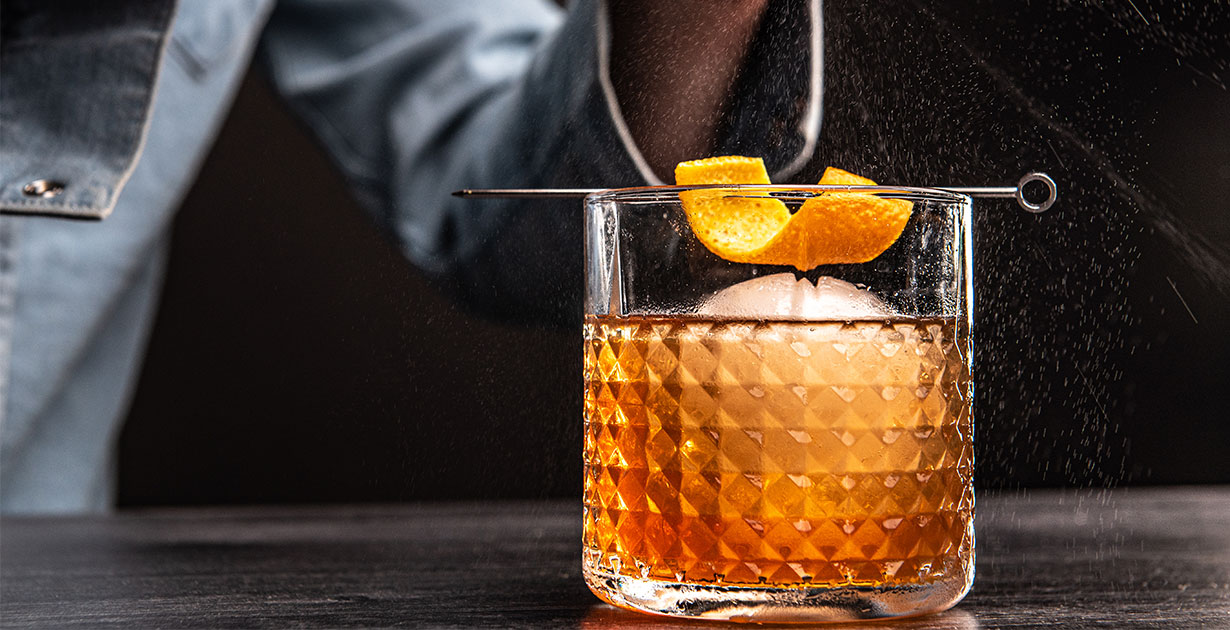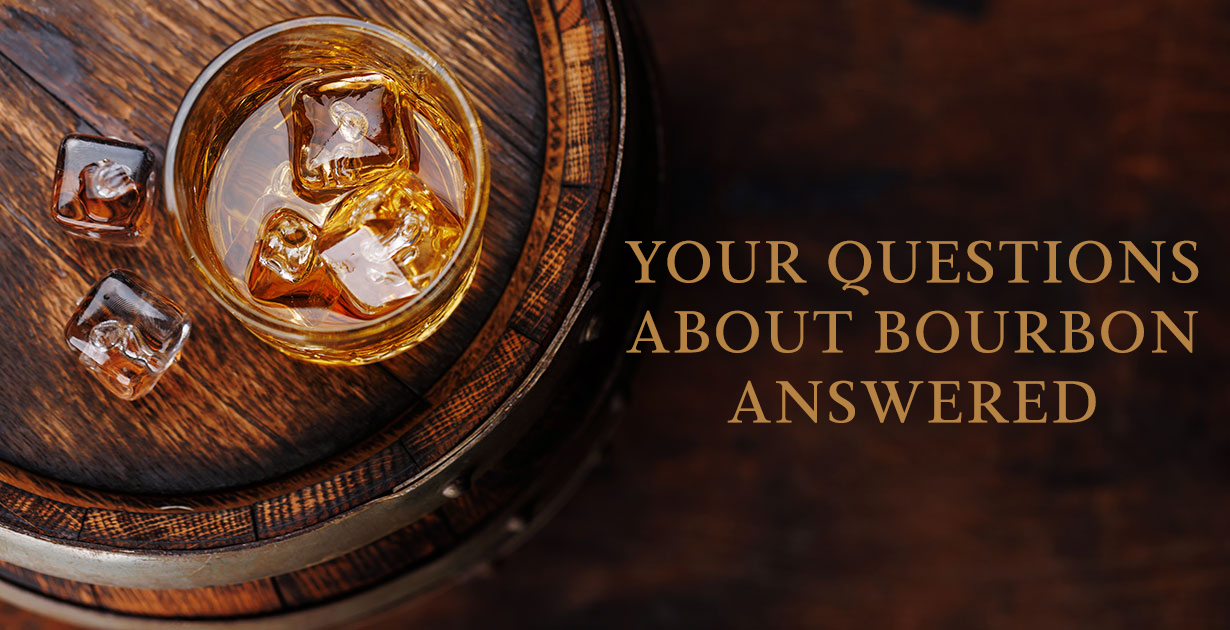Bourbon is America’s favorite spirit. Bourbon, distilled from a mash of at least 51% corn, may be incredibly popular worldwide, but the strict regulations for American whiskey mean that many are left with enduring questions about bourbon.
So, in the interest of clearing things up, let’s answer all of your questions about bourbon, and demystify the USA’s national drink.
Is bourbon whiskey?
Yes, bourbon is a type of American whiskey. American whiskey is a spirit that is made from a fermented mash of grain. It has a maximum distillation strength of 95% ABV (190 proof) and a minimum bottling strength of 40% ABV (80 proof). It must be stored in oak barrels and entirely produced within the United States.
Bourbon meets all of the above requirements, and so it is classed as a whiskey. You might see bourbon referred to as ‘bourbon whiskey’.
For a more detailed breakdown of American whiskey and bourbon legislation, please click here.
What is different about bourbon?

Bourbon is a type of American whiskey that must meet strict requirements in order to be classed as such. Bourbon is distilled from a mash that is at least 51% corn, and often contains other grains such as rye, wheat, and malted barley. It must be distilled, aged, and bottled in the United States.
The distillate that will eventually turn into bourbon must come off the stills at no higher than 160 proof. It must then be stored in new, charred oak barrels, which are filled at no more than 62.5% ABV (125 proof) until it is ready for bottling at no less than 40% ABV (80 proof).
Why are there so many regulations for bourbon?
Bourbon is America’s national drink and is the only such drink that is geographically protected by US Federal Law. As such, there are strict regulations in place to ensure that bourbon is always made to a high standard that is deserving of the protections that have been put in place.
Bourbon distillers must make sure that they are adhering to these regulations at all times, to protect the integrity of bourbon.
Does bourbon have to be made in Kentucky?

No, bourbon does not have to be made in Kentucky. However, the majority of bourbon is produced in Kentucky, particularly in Lexington County. It is estimated that there are more barrels of bourbon in Kentucky than there are people living there. Bourbon is also produced in Tennessee. Regardless of state, all bourbon must be produced in the United States.
How is bourbon made?
Firstly, the grains (being at least 51% corn) are ground down and then mixed with water. The resulting mixture is then heated under pressure to create the mash. Next, the mash is added to a washback (a large wooden container) along with yeast to kickstart the fermentation process. The resulting liquid is called wash.
Following a fermentation period, the wash is distilled to a clear spirit that has a high ABV, but no higher than 95%. Following distillation, the whiskey is filled into new, charred oak barrels. It is then stored in a warehouse for aging. Contrary to popular belief there is no minimum aging period for bourbon. Only if a distillery wishes to label its product as ‘straight bourbon whiskey’ does the two-year minimum aging period apply. This is increased to four years for bottled-in-bond straight bourbon whiskey.
Once the bourbon has reached maturity it can be bottled at an ABV of no less than 40%.
Where does the name ‘bourbon’ come from?

Another of the common questions about bourbon is how it got its name. It is not certain as to where the name ‘bourbon’ comes from. The first use of the term ‘bourbon whiskey’ dates back to 1821 when the drink was mentioned in the Western Citizen newspaper.
One of the main sources that the bourbon name is sometimes attributed to is Bourbon County, Kentucky. The county was established in 1785 and was named after the French Royal House of Bourbon. King Louis XVI had assisted the colonies in the American Revolutionary War against the British, and so the county was named in his honor.
The second source for which bourbon whiskey may have been named is Bourbon Street in New Orleans. Louisiana was claimed by the French in the late 1600s and was under French rule until 1763, when the French relinquished the state to the Spanish following the 7 Years’ War. France temporarily regained ownership of Louisiana in 1800, but the territory was sold the the US in 1803. Bourbon Street was named by Adrien de Pauger, the French royal engineer who designed the layout of New Orleans.
As such, both Bourbon Street and Bourbon County were named for the French House of Bourbon. Why the name was given to a type of whiskey remains a mystery.
Does bourbon have a minimum aging period?
Contrary to popular belief, bourbon does not have a minimum aging period. Bourbon whiskey can be aged for an indeterminate amount of time. However, to be called ‘straight bourbon whiskey’ it must be aged for at least two years in new, charred oak casks.
Then, to be classed as ‘Bottled In Bond straight bourbon whiskey’, the spirit must be aged for at least four years. It must also be distilled in a single season (January-June or July-December) at a single distillery, and bottled at 100 proof, higher than the 80 proof minimum that is required for standard bourbon whiskey.
What does bourbon taste like?
Although every bourbon is different, with each distillery famed for a particular profile, in general bourbon is sweeter than other American whiskey. Many bourbons have common notes of vanilla, caramel, and oak.
Of course, the grain content has a varied effect on the taste of bourbon. All bourbons must be at least 51% corn, but the rest of the grain content is up to the distillery. For example, if a distillery made a bourbon that was 51% corn and 49% rye, the result would be a sweet and spicy bourbon. If the other 49% was comprised purely of barley, the bourbon would have a malty profile.
The cask in which bourbon is aged also has a huge impact on flavour, due to the interaction of the whiskey with the wood during the maturation period. This interaction both imbues the whisky with oak and vanilla notes (commonly), and also gives bourbon its deep color.
Is bourbon good for making cocktails?

Yes. Bourbon has long been used in cocktail making, and some of the most beloved cocktails in the world feature bourbon as a main ingredient. Take, for example, the Old Fashioned. The Old Fashioned is made with bourbon, angostura bitters, and sugar. Simple but perfectly balanced.
You can also make such cocktails as a mint julep, a whiskey sour, and a hot toddy.
The possibilities are endless thanks to the wide variety of bourbon whiskey profiles available.
Questions?
So, there you go. I hope every question you have about bourbon has been answered. If you do happen to have a further question about bourbon, please get in touch and we will be happy to help.









